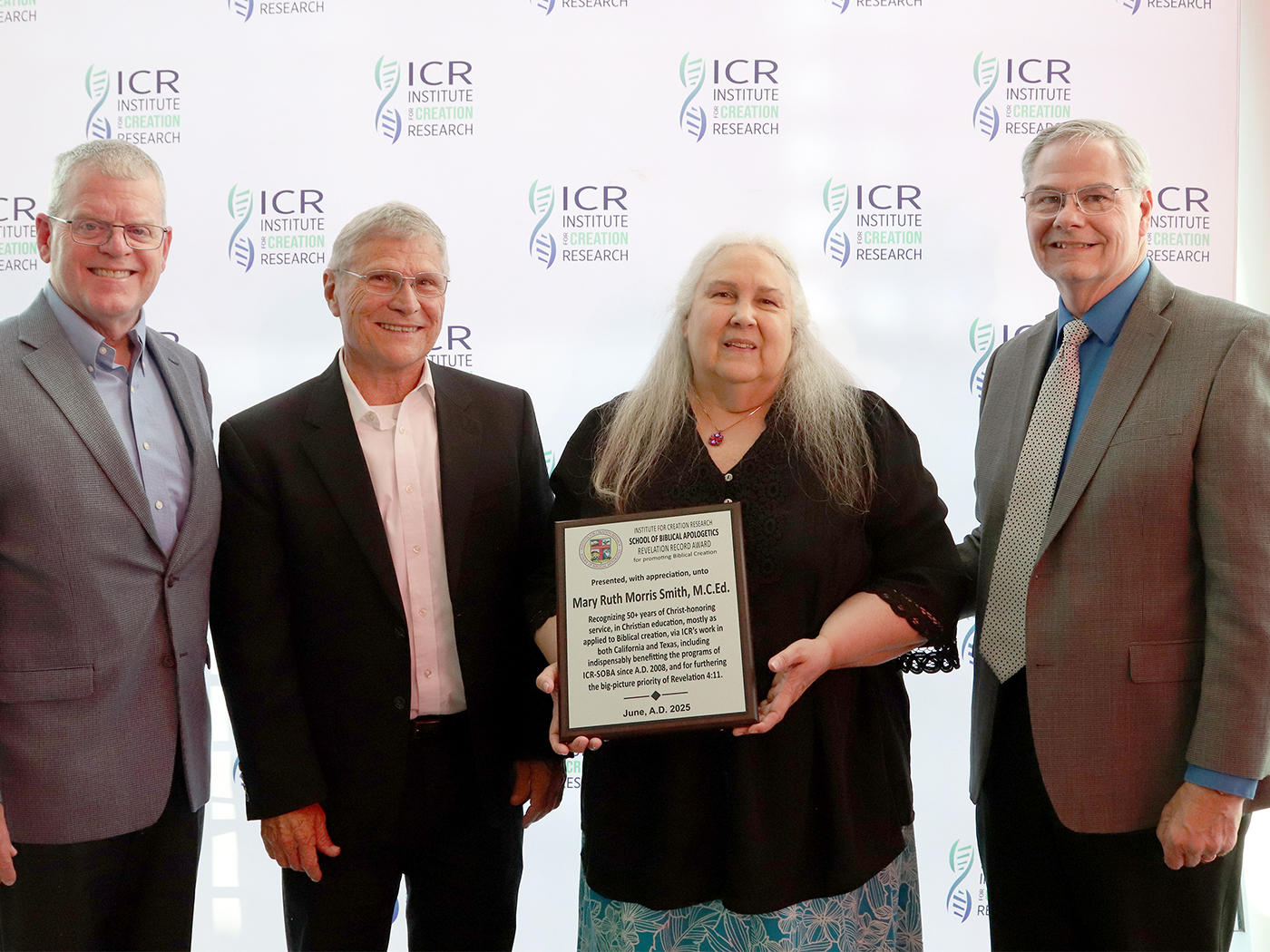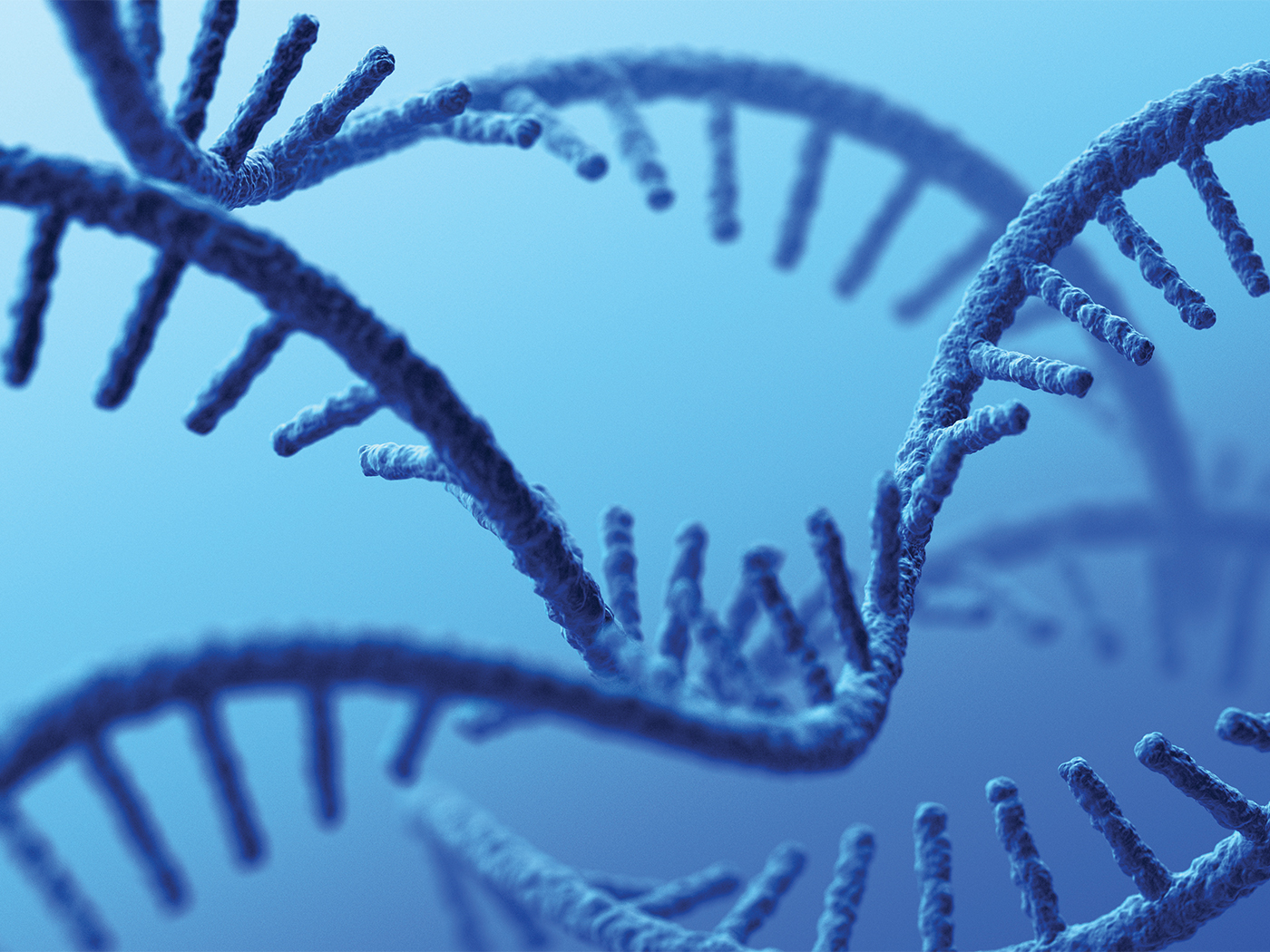Researchers used to think that no plant could process mammalian genes because the required machinery is “proprietary,” or unique to the kind. But a team from the Swiss Federal Institute of Technology found that a particular moss plant was able to manufacture proteins from human genes that had been inserted into its genome.1 Though they referred to it as an “evolutionary relic,” the scientists either have to believe that this ability inexplicably lay dormant and unchanged in moss for 450 million years, or that the same coordinated suite of cellular machinery evolved twice.
In their study published in Plant Biotechnology Journal, the researchers found that certain moss cells possess “native and synthetic promoters and polyadenylation sites, viral and cellular internal ribosome entry sites, secretion signal peptides and secreted product proteins, and synthetic transactivators and transrepressors,”2 all compatible with mammal genes and incompatible with other plant genes.
According to evolution, plants diverged from some “protoplant” long ago and should therefore all have similar gene processing tools. But the mechanisms in the moss are very different from those of other plants. It is as if there was a single designer who intentionally integrated whole, intact gene processing modules into various organisms.
This moss adds to a rapidly growing list of features that appear in mosaic patterns, in which otherwise disparate creatures demonstrate shared characteristics. For example, “we find hemoglobin [the oxygen carrying pigment in red blood cells] in nearly all vertebrates, but we also find it in some annelids (the earthworm group), some echinoderms (the starfish group), some mollusks (the clam group), some arthropods (the insect group), and even in some bacteria!”3 Another feature that appears integrated into wildly different forms is the single refracting lens eyeball. Known as the “vertebrate eye” because it is found in most vertebrates, the same basic eye design is also fully formed in cephalopods such as the pearly chambered nautilus, which resembles a small squid with a pearly spiral shell.4
These mosaic features do not have clear Darwinian tree-like patterns of descendants and are always found fully integrated into distinct organisms instead of in partly-evolved transitional forms. If living kinds were created by God’s ingenious engineering as the Bible describes, then certainly more examples of widely-scattered shared biological modules like hemoglobin, “vertebrate eyes,” and “mammalian” gene processing suites will emerge.
References
- Schaffner, M. Moss can produce human proteins. Swiss Federal Institute of Technology Zurich press release, May 5, 2009.
- Gitzinger, M. et al. 2009. Functional cross-kingdom conservation of mammalian and moss (Physcomitrella patens) transcription, translation and secretion machineries. Plant Biotechnology Journal. 7 (1): 73-86.
- Parker, G. 2006. Creation: Facts of Life. Green Forest, AR: Master Books, 48.
- The pearly chambered nautilus is known as a “living fossil” because its remains are found in the lowermost paleosystem, the Cambrian, in the Geologic Column Diagram. It is not represented in higher strata, and it lives in oceans today with the same body design. Thus, this eye design existed fully formed right from the start with no fossil evidence of evolutionary transitions.
* Mr. Thomas is Science Writer at the Institute for Creation Research.
Article posted on June 16, 2009.












